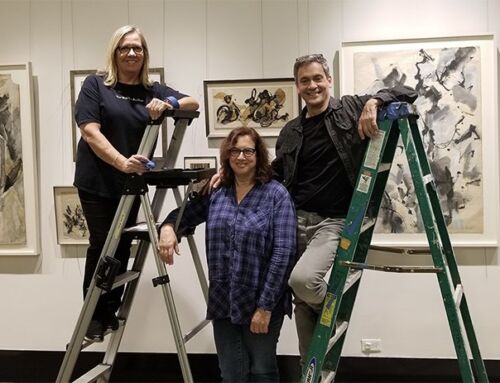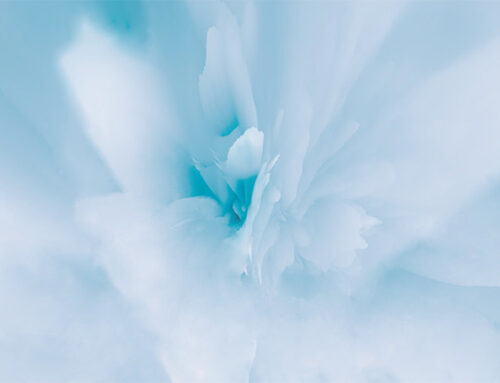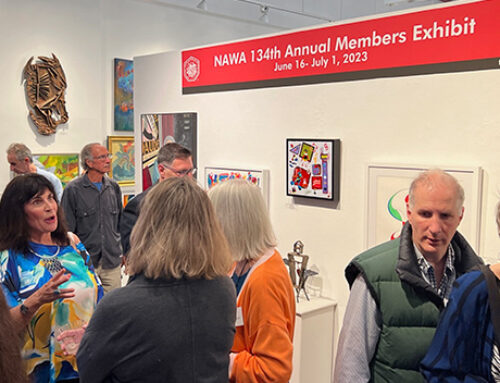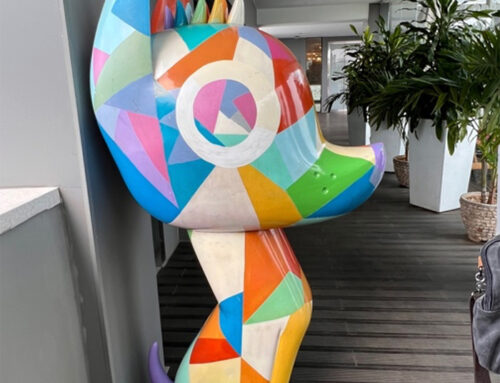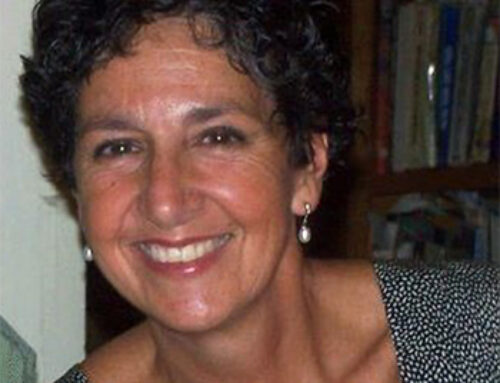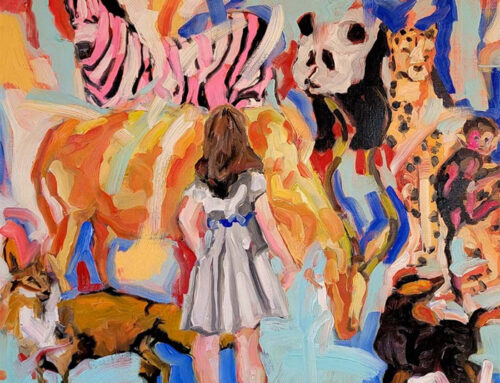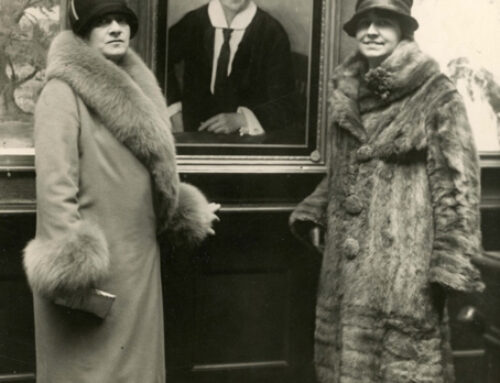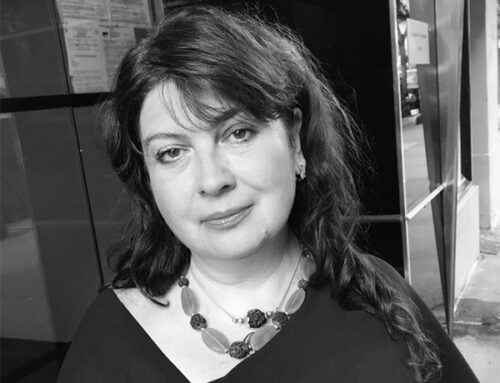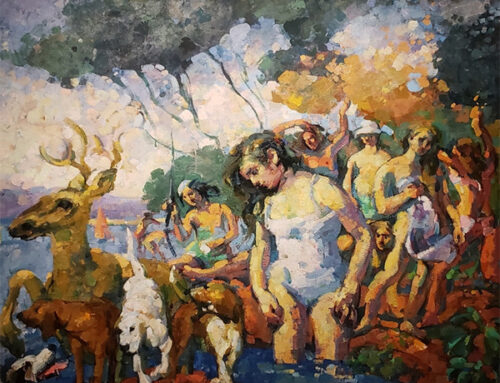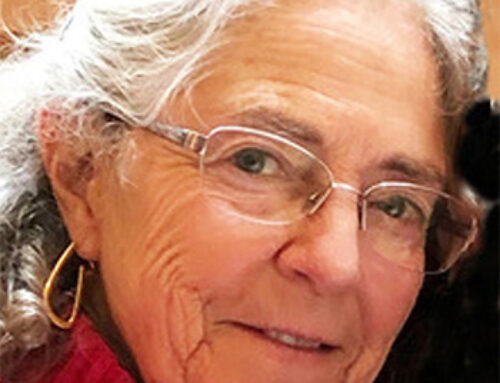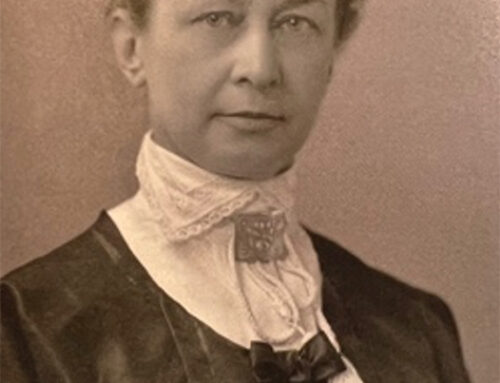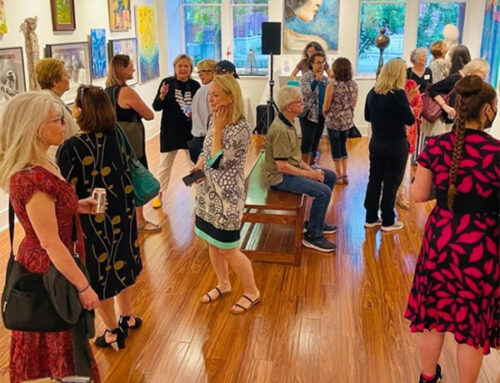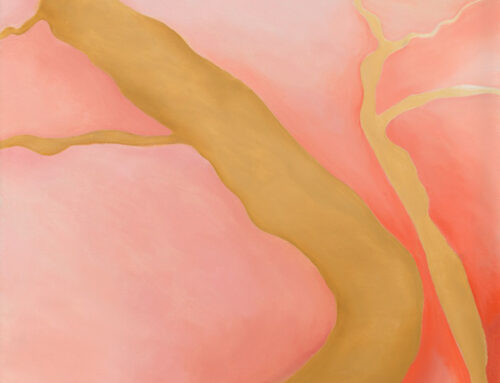Nancy Good
 Born in Texas in 1961, I have lived and worked as an artist in Las Vegas since 2011. My creative pursuits over the past three decades have been heavily influenced by: synesthesia related to vibration; travels to Australia, Africa, Vietnam; childhood residency in Japan; adult life as an artist, photographer, musician, fly-fishing guide, backpacker, writer, and teacher in Montana, Nevada, California, Tennessee and Illinois, along with my eclectic DNA revealing connections with cultures the world over. A common thread through my work is the employment of materials and tools of modern times while playfully utilizing aesthetics of ancient ancestries, including symbols and primitive mark-making.
Born in Texas in 1961, I have lived and worked as an artist in Las Vegas since 2011. My creative pursuits over the past three decades have been heavily influenced by: synesthesia related to vibration; travels to Australia, Africa, Vietnam; childhood residency in Japan; adult life as an artist, photographer, musician, fly-fishing guide, backpacker, writer, and teacher in Montana, Nevada, California, Tennessee and Illinois, along with my eclectic DNA revealing connections with cultures the world over. A common thread through my work is the employment of materials and tools of modern times while playfully utilizing aesthetics of ancient ancestries, including symbols and primitive mark-making.
A critically important aspect of my work is the acute awareness that everything vibrates. As a musician, I understand as it relates to sound waves. My early development of visual language as an artist focused on the “vibration” of colors and how color theory can fool the eye into thinking something is either moving or three-dimensional (despite working on a flat, two-dimensional plane). This language remains at the core of my contemporary work.

Sketchbook study, acrylic, metallic pigments, ink on 9” x11” paper

WIP: “Thought 2 Word 2 Life Itself”, acrylic, airbrush, ink, latex, oil pastel, UV pigments on canvas, 36” x 24”

WIP: Linocut project for Augmented Society Network for upcoming exhibition in London
Artistic Practice:
Two words explain my artistic practice: “Show up!” Elaborating further, I show up in my studio nearly every day, for hours at a time, understanding that as I do this, I also show up for myself and my career. I apply the same dedication and self-discipline that I would if I were employed by a company.
While I have no rituals when I begin my studio day, there are definite patterns of behavior that lend themselves to working with ease. As I turn on the lights, I note where I left off the previous day, look at what may need to be tidied up or prepped before I can resume. I also spend a bit of time standing before any works-in-progress to see what it is they may wish to “tell me.” As I fully believe that my artistic practice is based on collaborative relationship with any and all mediums I may be using, such as canvas, paper, inks, and paints, it’s important for me to listen to the work. This moment in time most often informs my next steps on a piece, and I’ve learned to trust the process implicitly, no matter if I’m working on a large mural-sized painting or small works on paper.
One last important practice is the yearly decision to learn to use a new medium or technique. Whether it is learning to use an airbrush or discovering the strengths and surprises of alcohol inks, every adventure in discovery helps inform all future work.

WIP: Sketchbook study, alcohol ink, acrylic ink, Sumi ink, oil pen on 8.5” x 5.5” paper

WIP: Sketchbook study, alcohol ink, acrylic ink, Sumi ink, oil pen on 8.5” x 5.5” paper
How-To-Steps:
I most often begin a new painting with a layer of monotone lines applied with airbrush. Sometimes these lines are free-flowing, resembling automatic writing. Other times, they may form grids and hints of distant structures that will underlay and support subsequent layers.
Each act of mark-making relates and responds closely to the previous layer of marks, brush-strokes, splatters, drips, and line work. In this way, I find continuity of expression as I translate what it means to be human. Much like our skeletons support the endless variety of bodies that make up our species, I believe that each layer of a work becomes the “skeleton, tendons, organs, muscle and skin” of the finished painting.
Another critically important choice in mark-making is the use of repetitive dots, lines, patterns, topographical lines, and concentric geometric shapes (applied with sticks, sponges, squeegees, spray bottles, brushes, and more). They help me convey the energy I experience in the world, physically, psychically, intellectually, and emotionally. Extensive layering allows me to translate my understanding (perception) that our human existence is made up of endless layers of memory, experience, dreams, and mystery.
Motivations:
Each day is an opportunity for me to share the miniscule steps it often takes to create a painting (of any size). I make it a practice to take time-lapse videos of each day in the studio. I use these videos for two purposes: 1) to record and document my process; and 2) to help motivate and guide others in their own art-making journey. While I do a lot of one-on-one mentorships, it’s often random conversations with visitors to my studio/gallery that turn towards regret at not being able to “do art” or returning to art making “too late in life.” The videos I make help me share that anyone at any age can make art; it simply takes making small steps and repeating over and over. There is no great mystery to showing up.

WIP: “Collective Catharsis”, airbrush, acrylic, latex, ink, oil pastel, metallic pigments on primed, grommetted 60” x 120” canvas

WIP: Detail of “Collective Catharsis”, airbrush, acrylic, latex, ink, oil pastel, metallic pigments on primed, grommetted 60” x 120” canvas
Motivations:
I’m endlessly motivated by my local arts community. As a working artist who also runs a contemporary curated space and small arts non-profit, I’m inspired by the homegrown talent that creates world-class art in Las Vegas. Being in an environment that isn’t part of the “white cube” art markets of Los Angeles, Chicago, or New York, has allowed me immeasurable freedom to be authentic in my own practice. There are few trends to follow here in Las Vegas. Instead, most artists create their own path with little regard to how their work fits within the whims that drive many art markets elsewhere.

Exhibition shot from solo show at St. Mary’s Art Center, Virginia City, NV
Left to Right: “Chance Encounter of Brief Interludes”, “I Wander as I Wonder”, and “I Can! Si!, Clearly Now!”, acrylic, latex, ink on primed, grommetted canvas, 60” x 120”
Additional motivation is how art can be so powerful in expressing what we are unable to say. I’ve painted through soul-shattering grief, betrayal, fear, PTSD, injury, recovery from abuse and fear from drive-by shootings, and more. I recognize that so many others have experienced things for which they have no words. Art, to me, gives us a starting point for dialogue about difficult subjects, without which we’d be left isolated and hopeless. Art is a record of our survival. Art is a biography of our experiences. Art is life. Art is hope for humanity.
Send questions and comments to
magazine@thenawa.org



